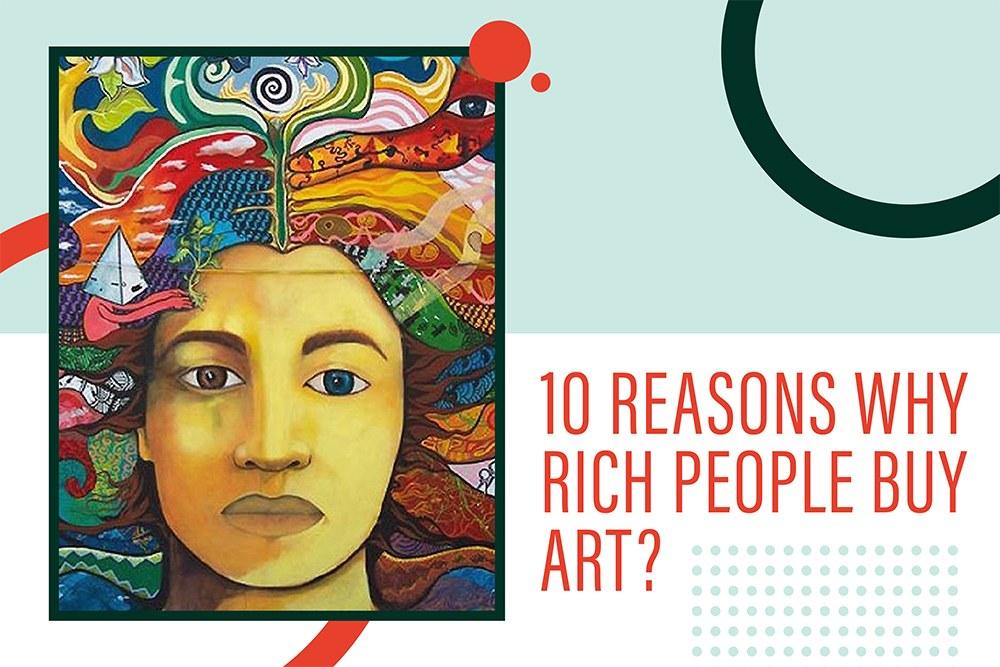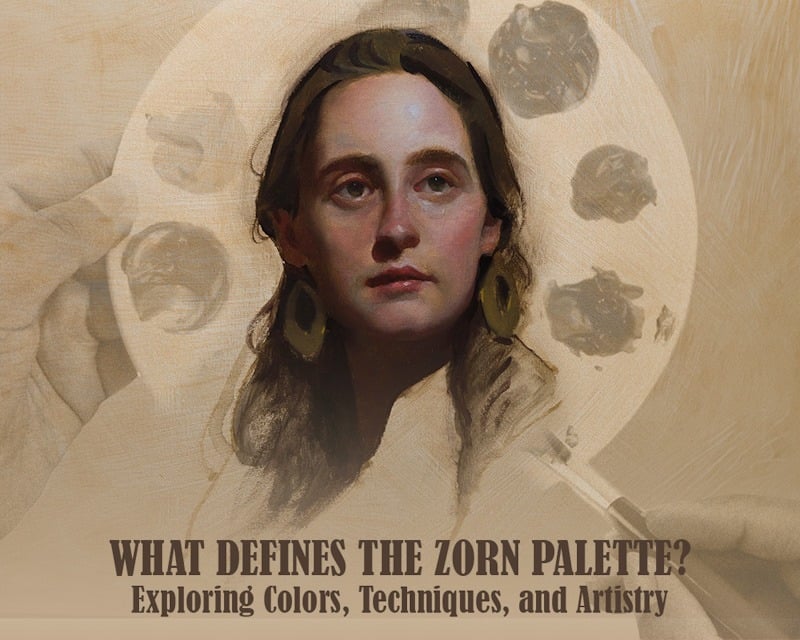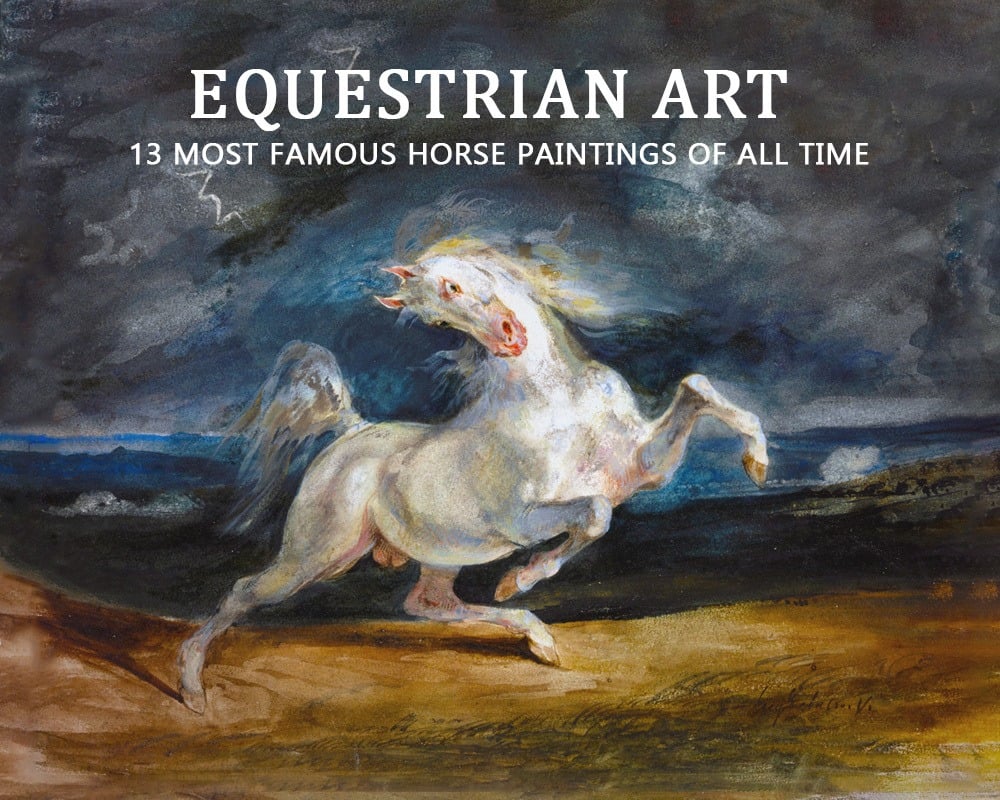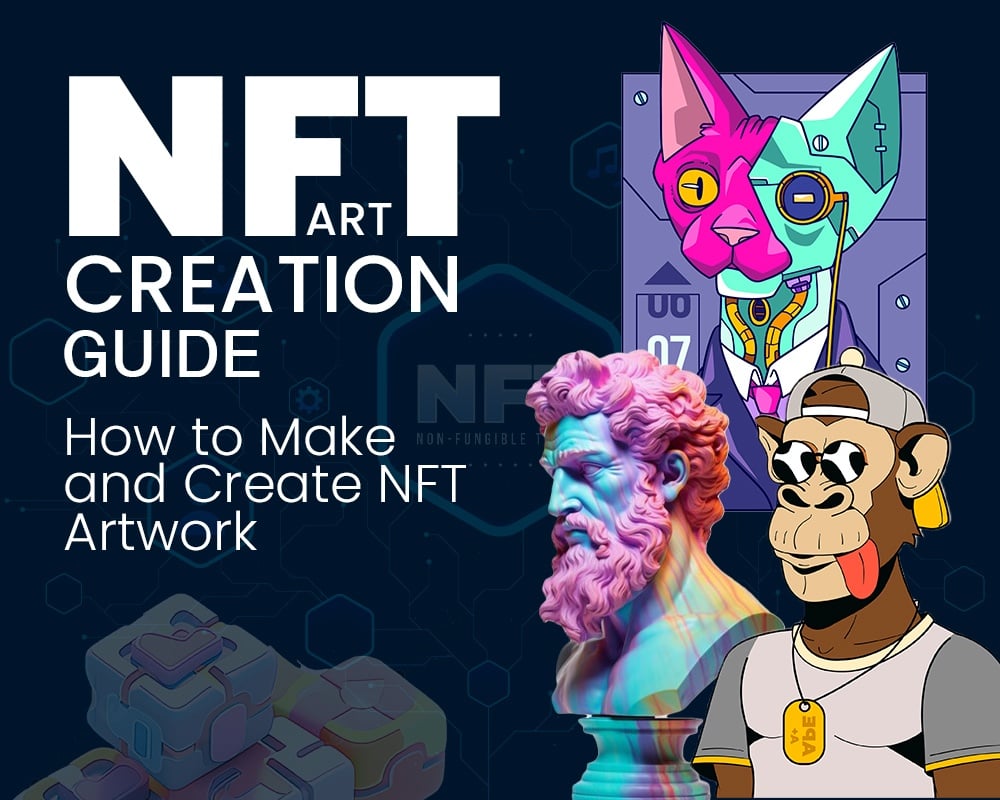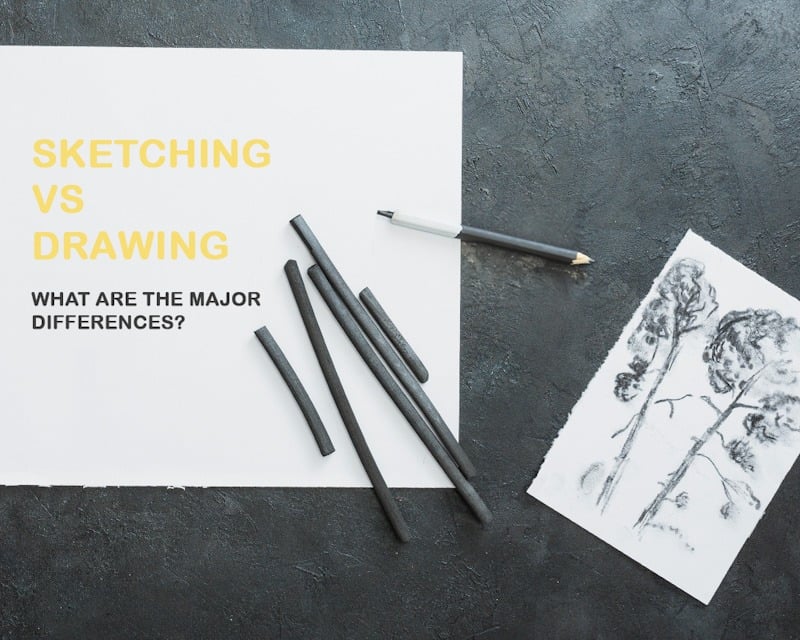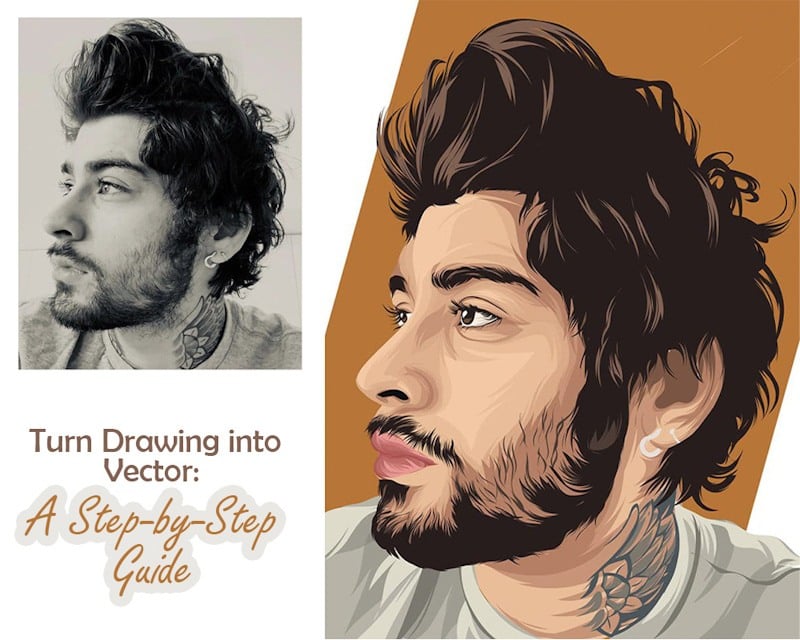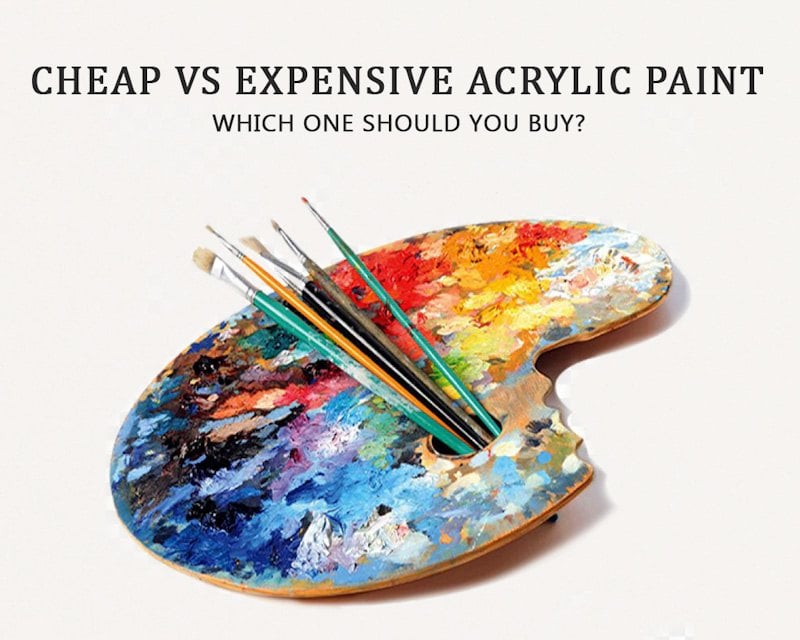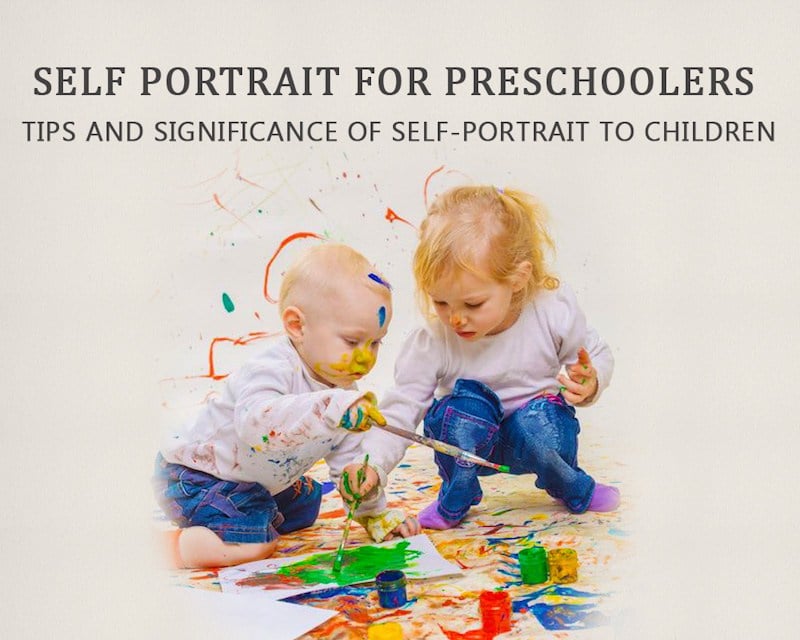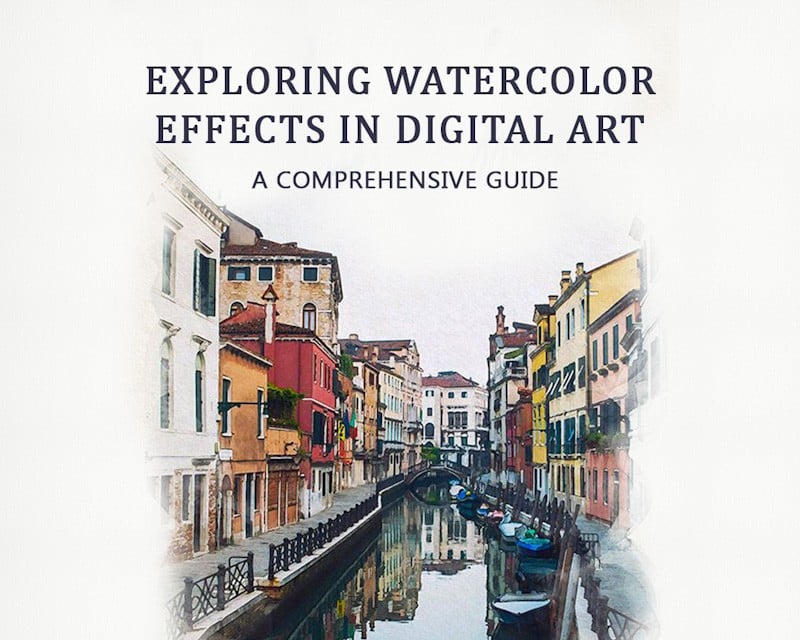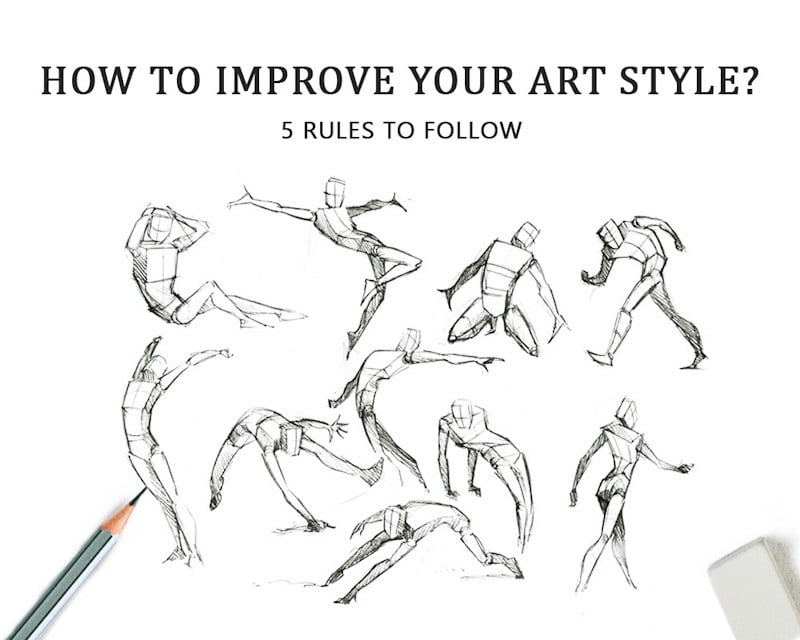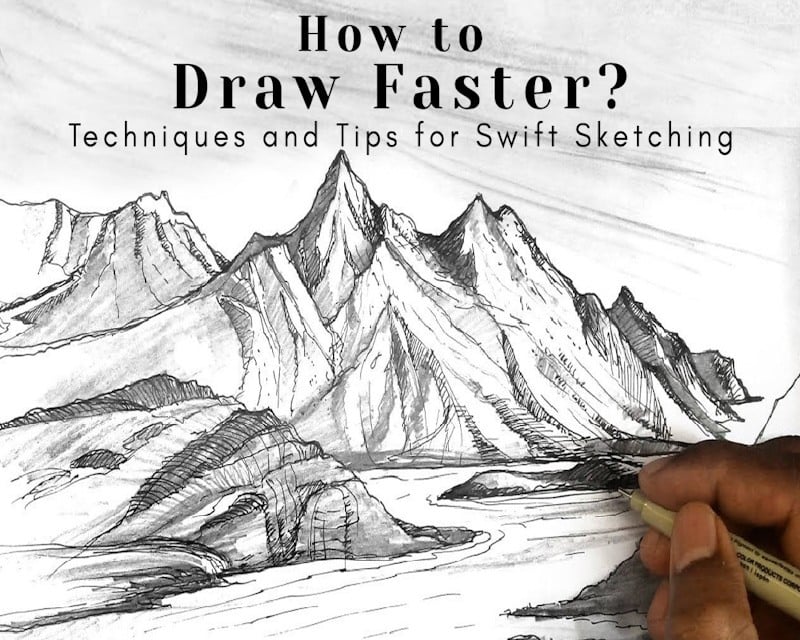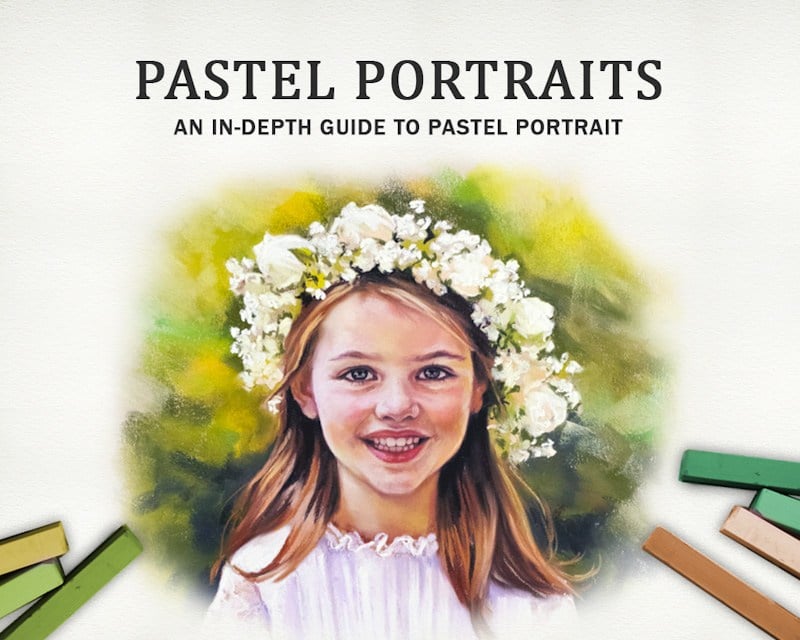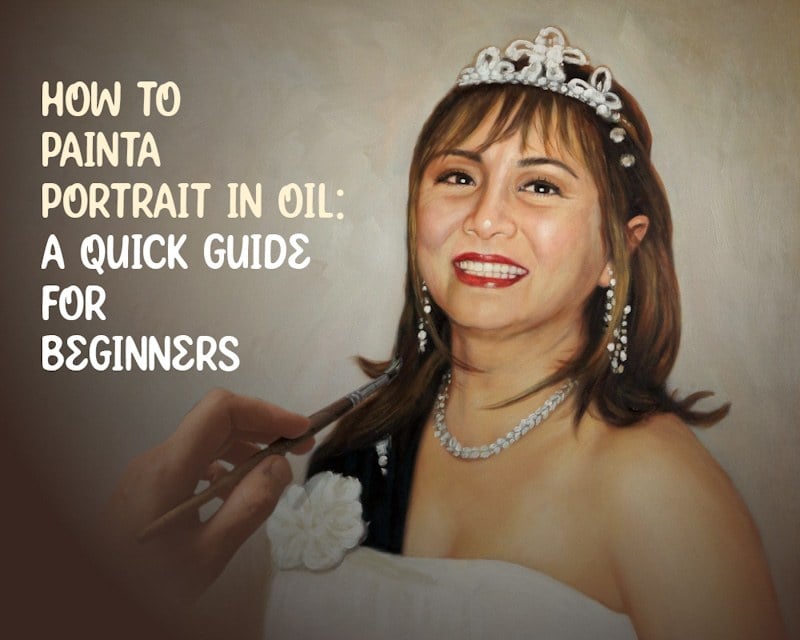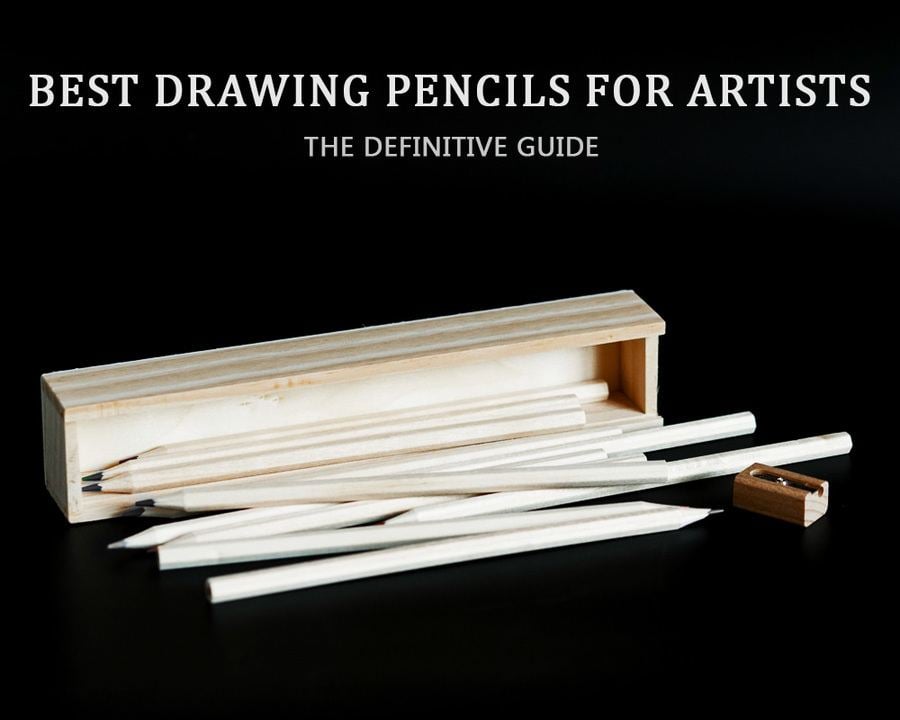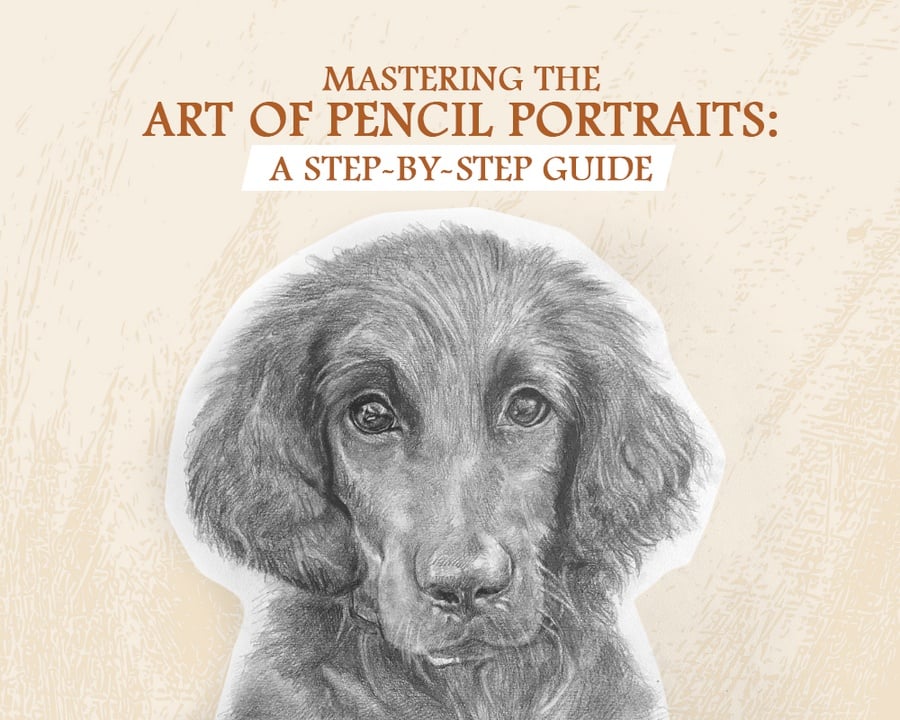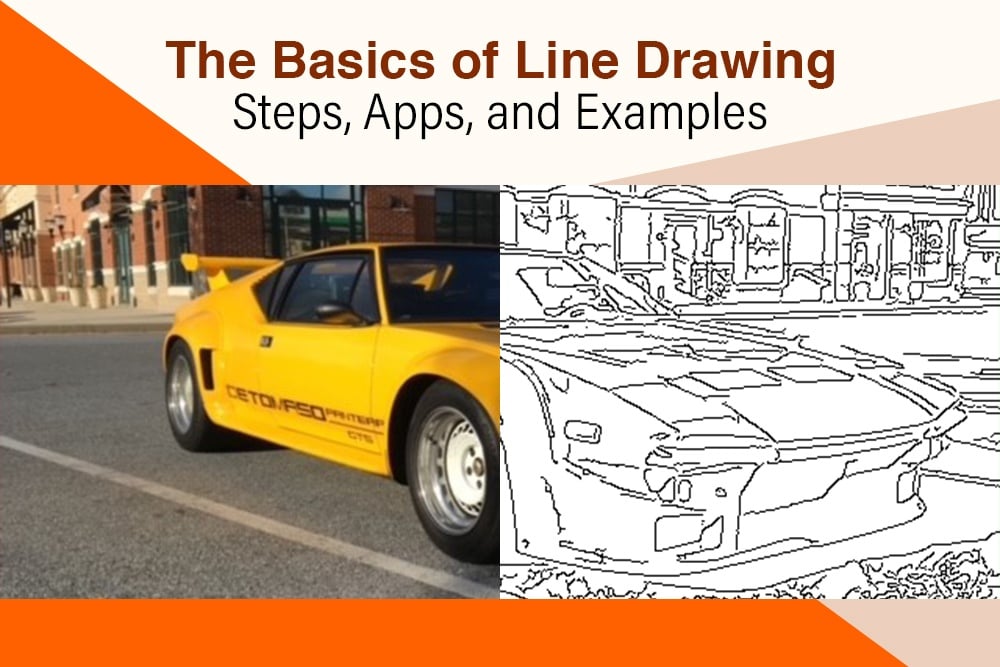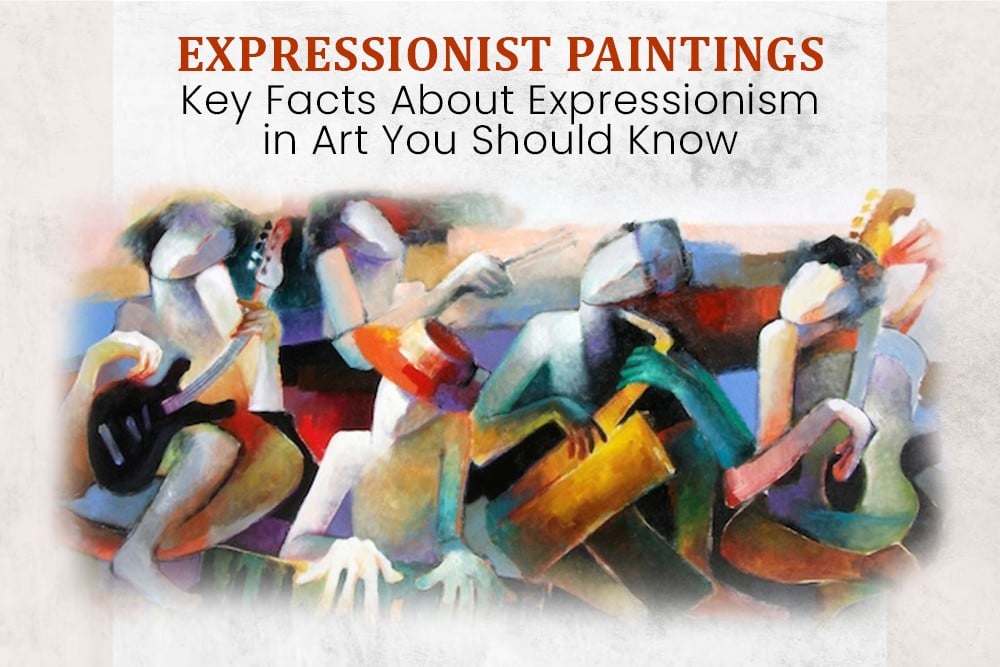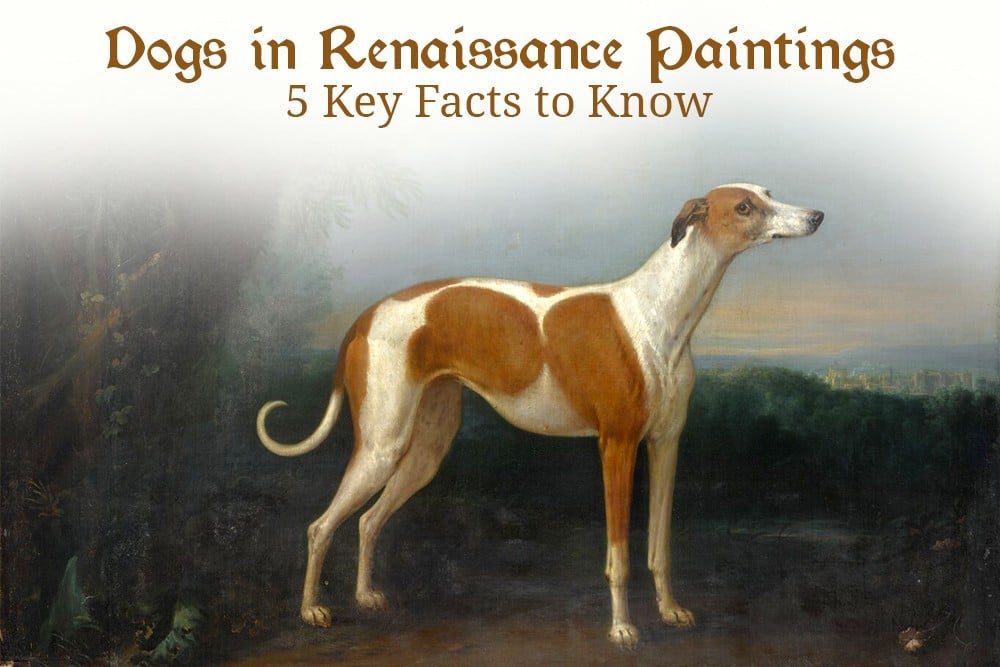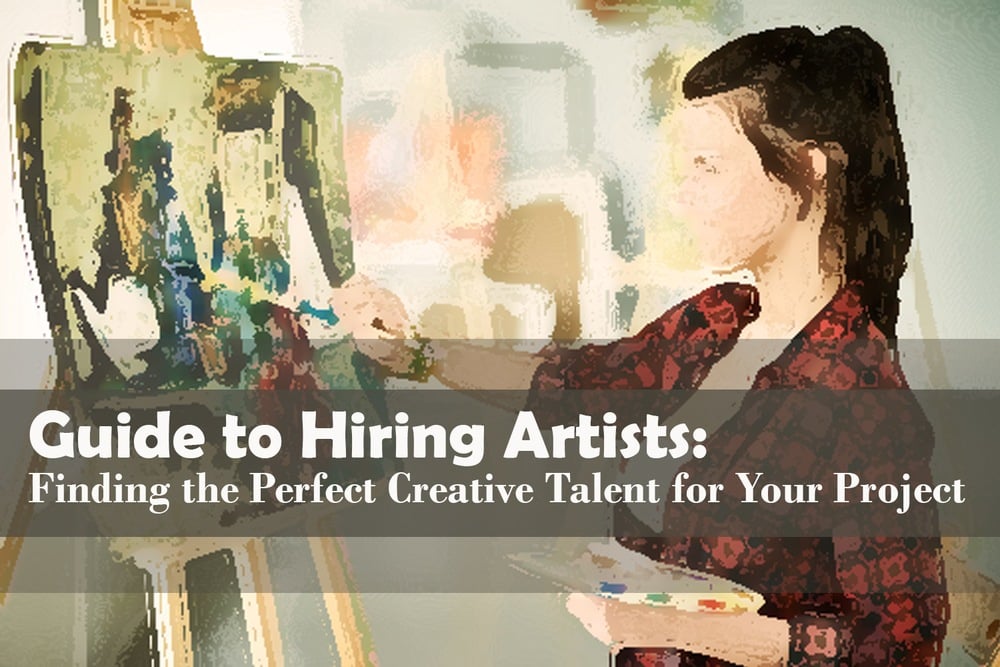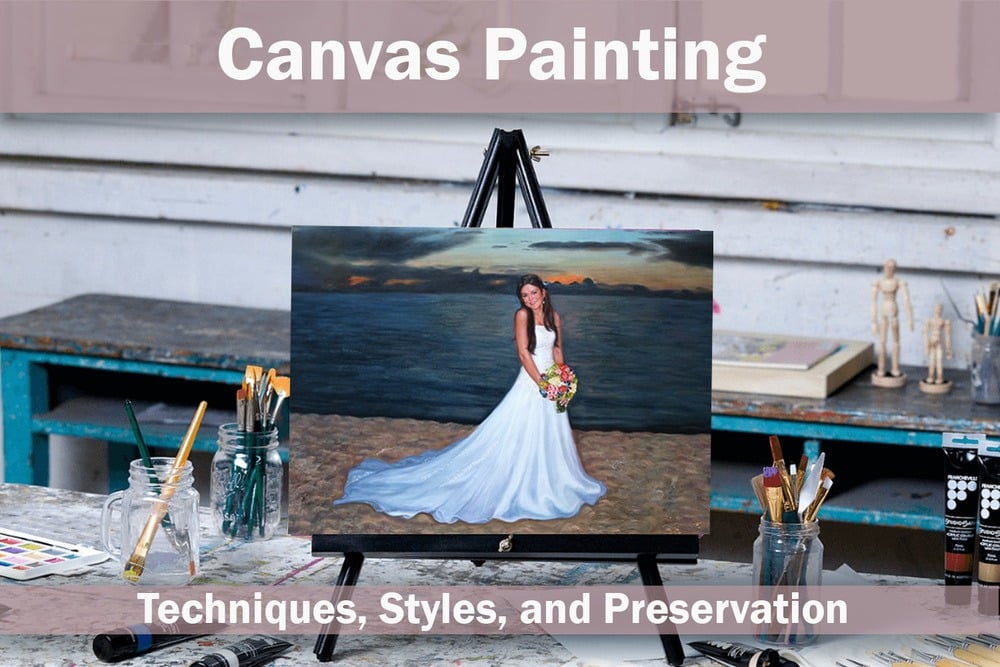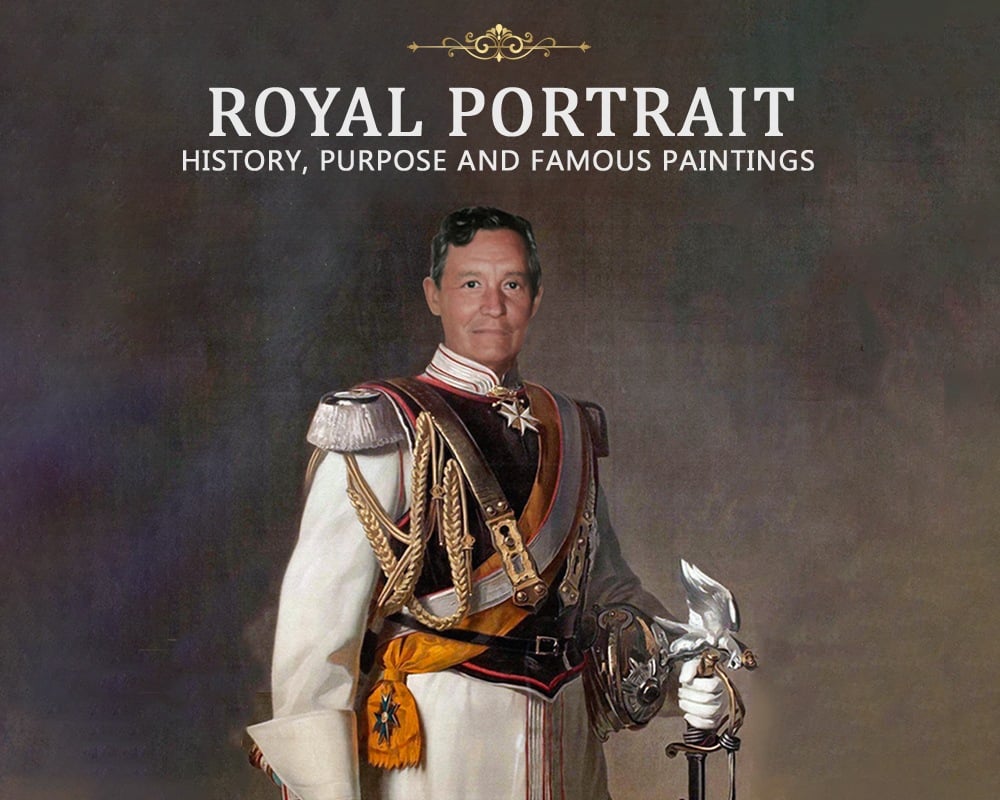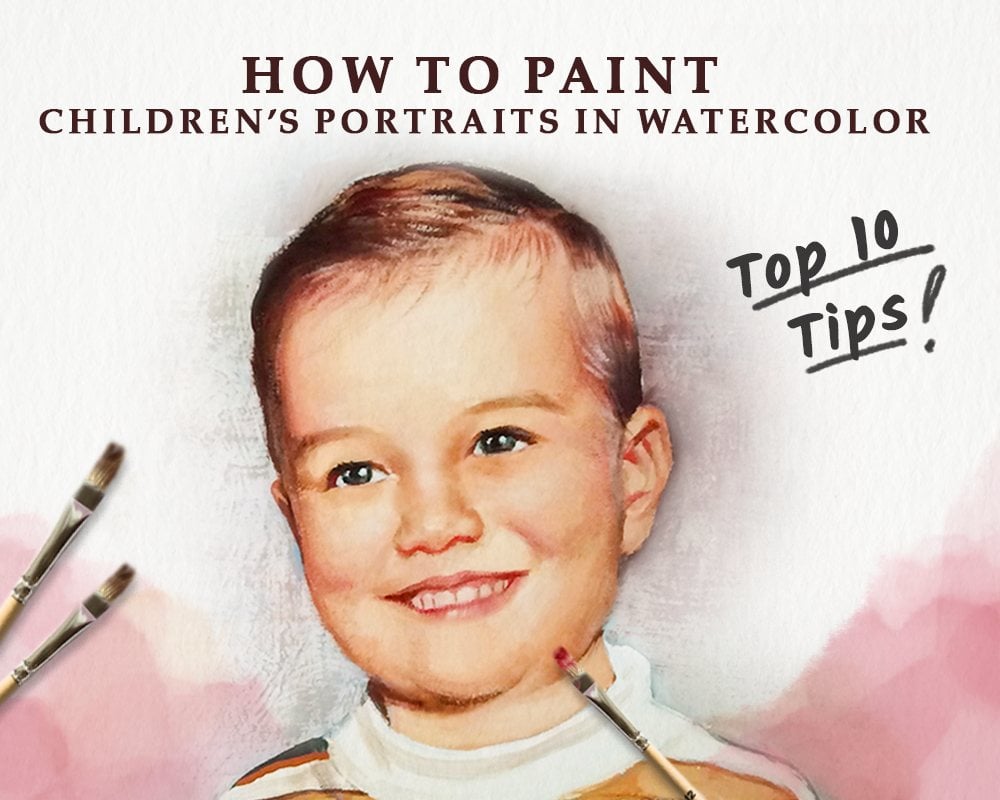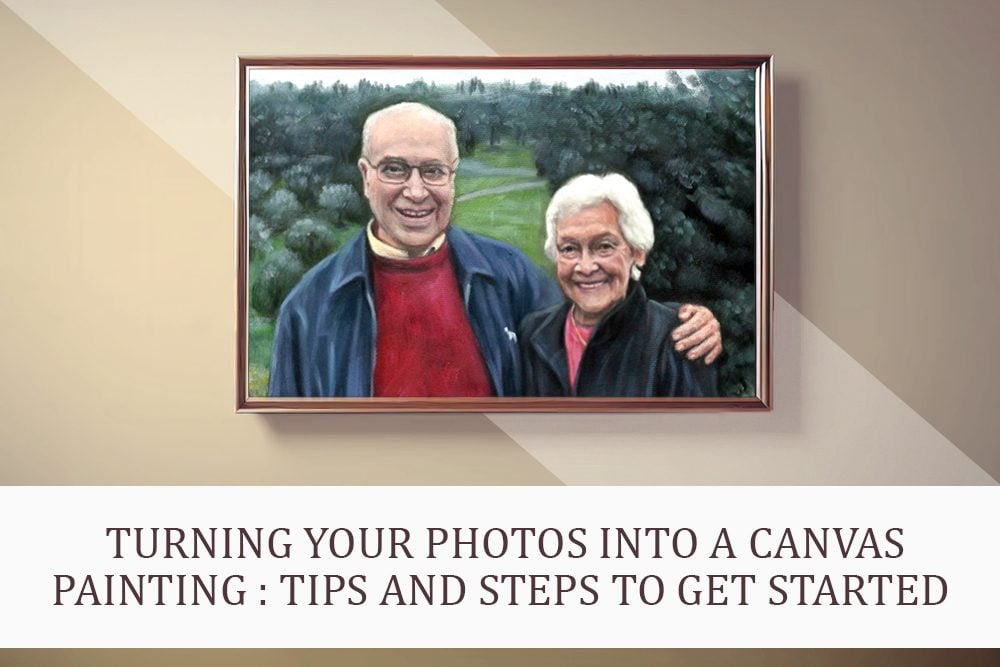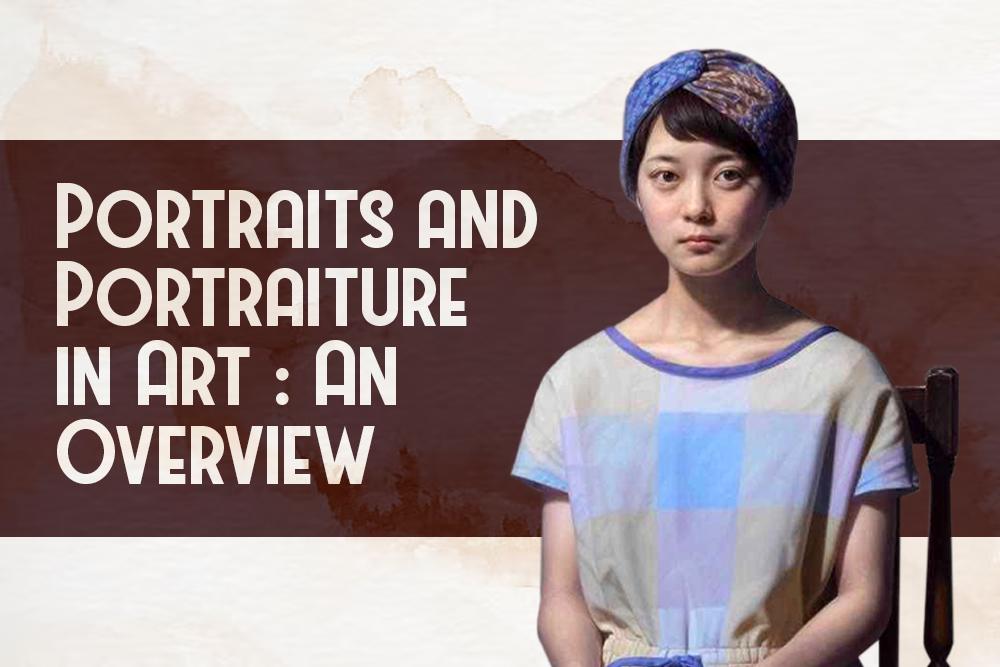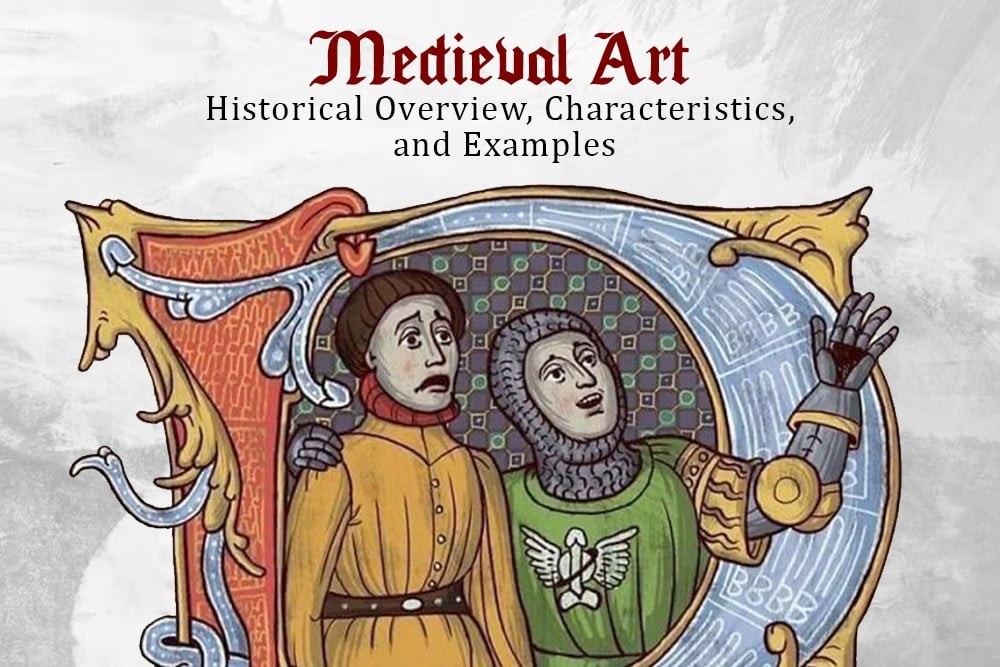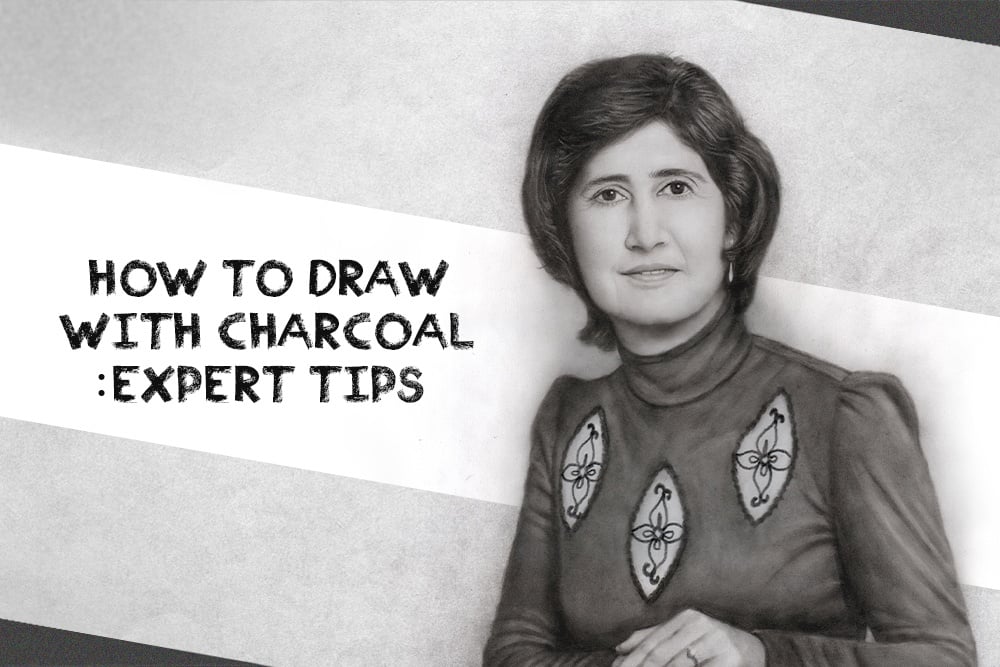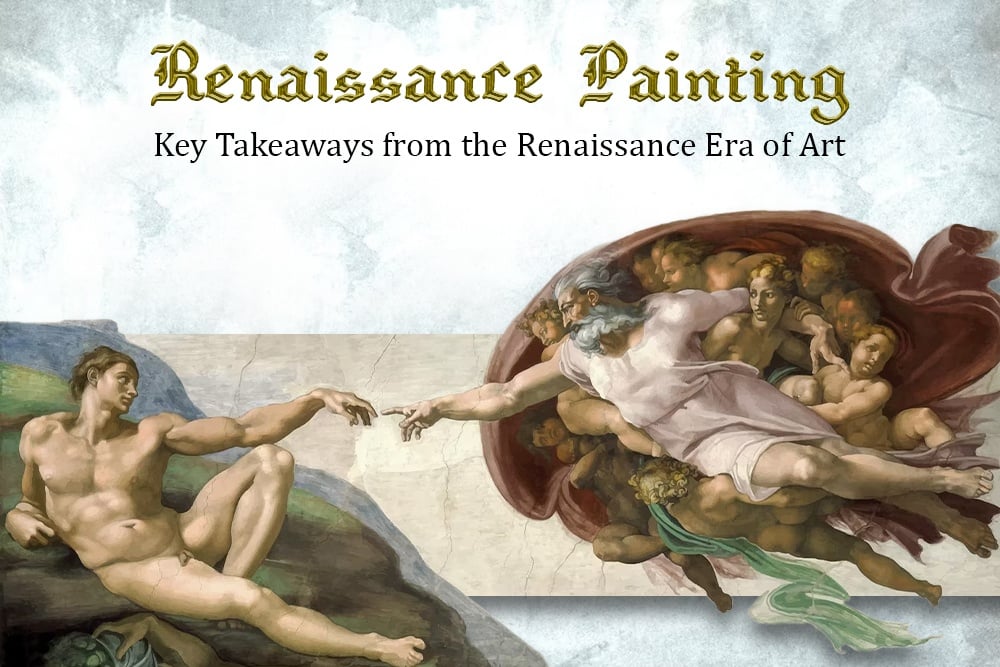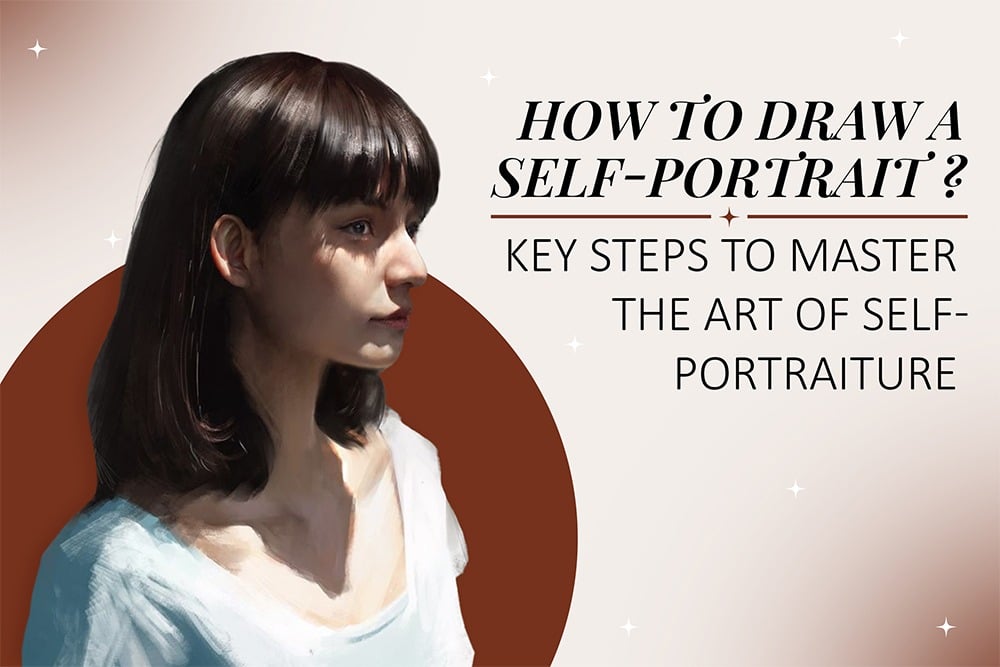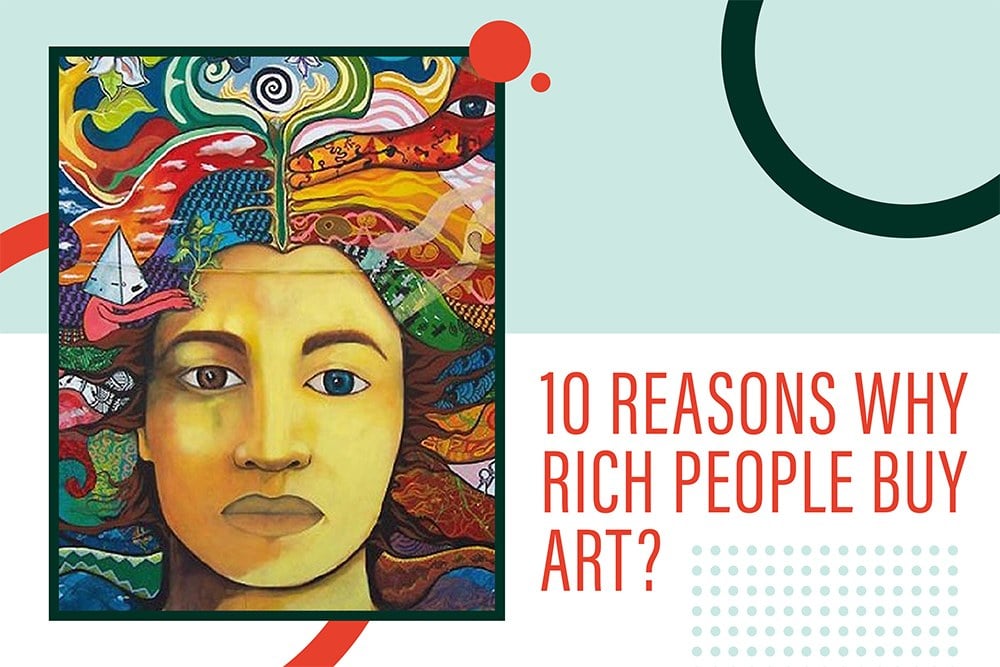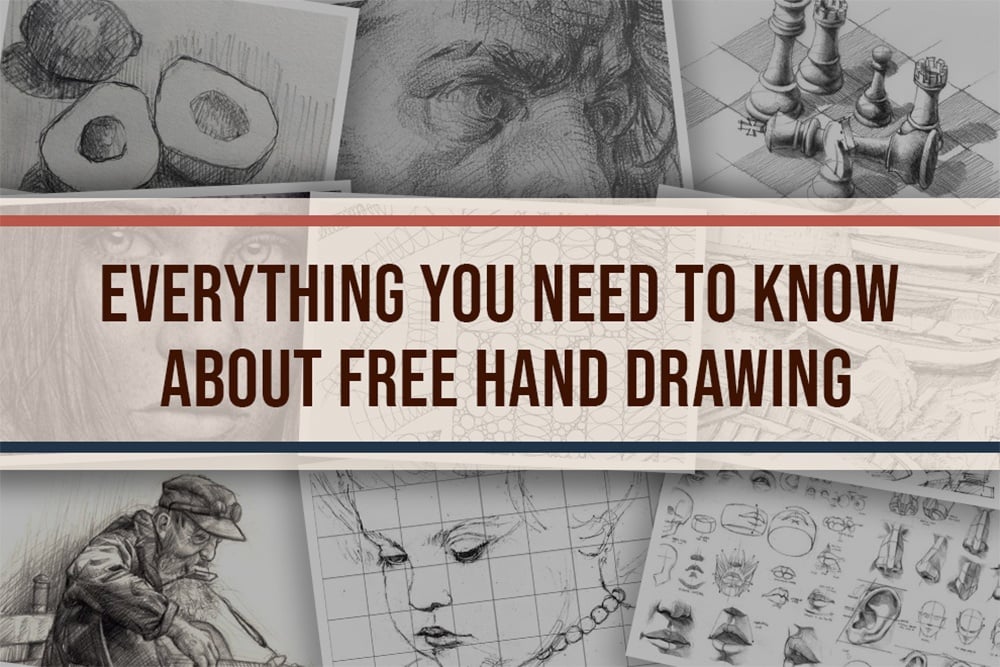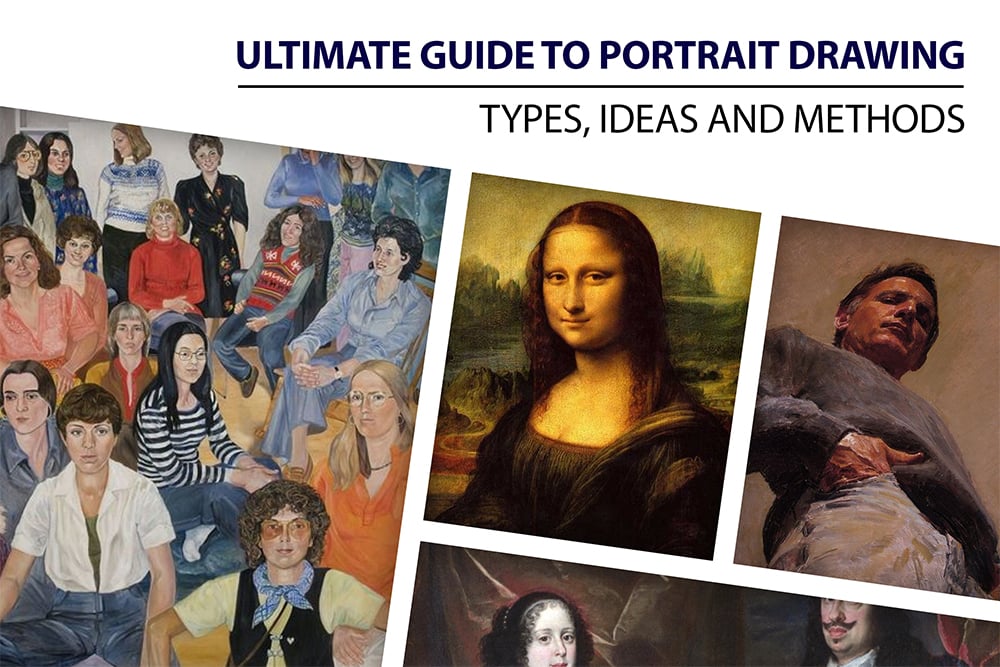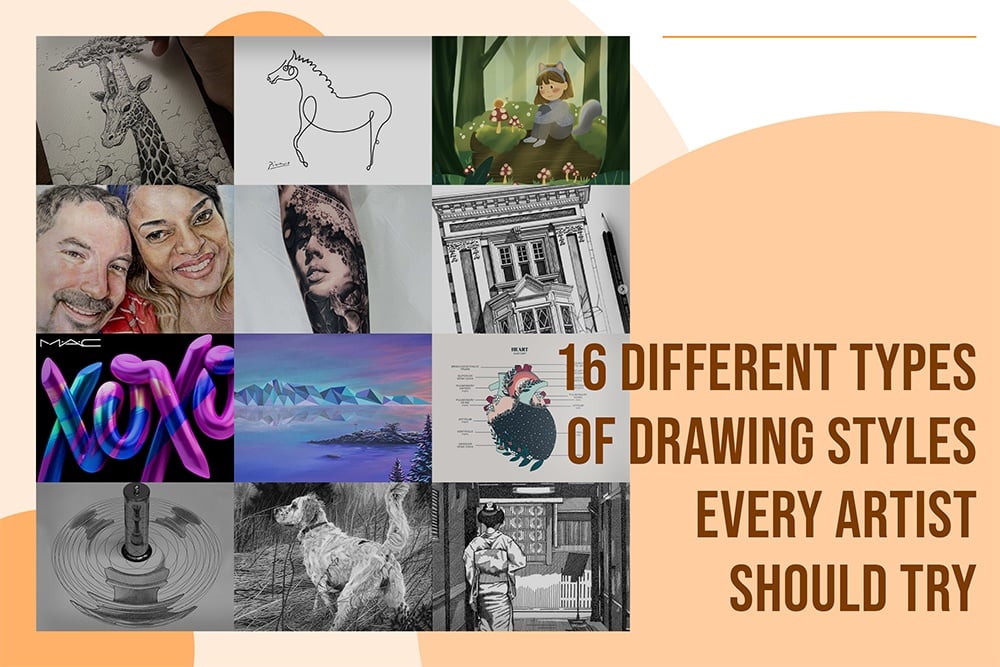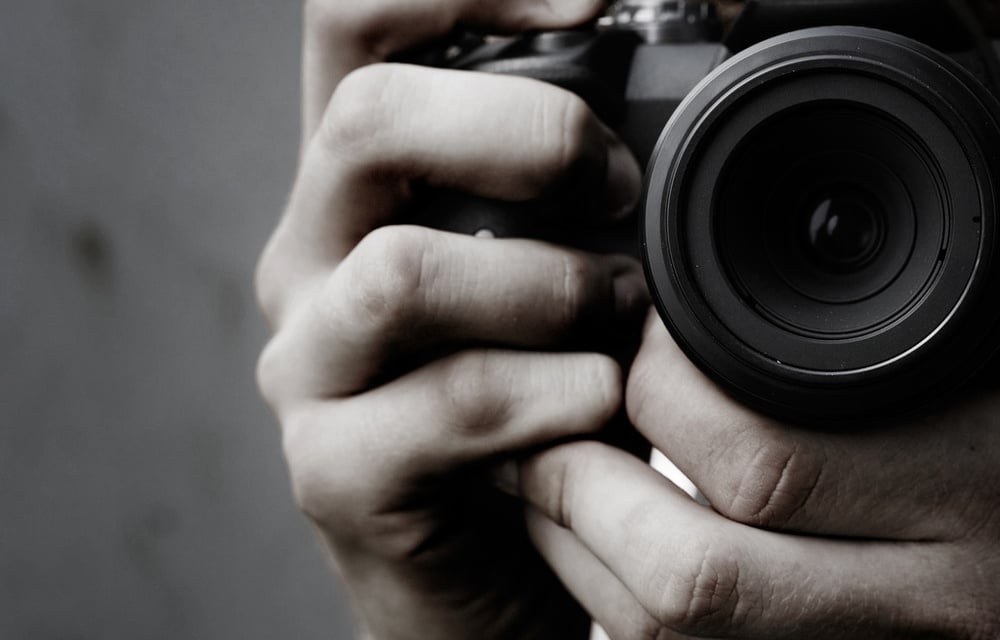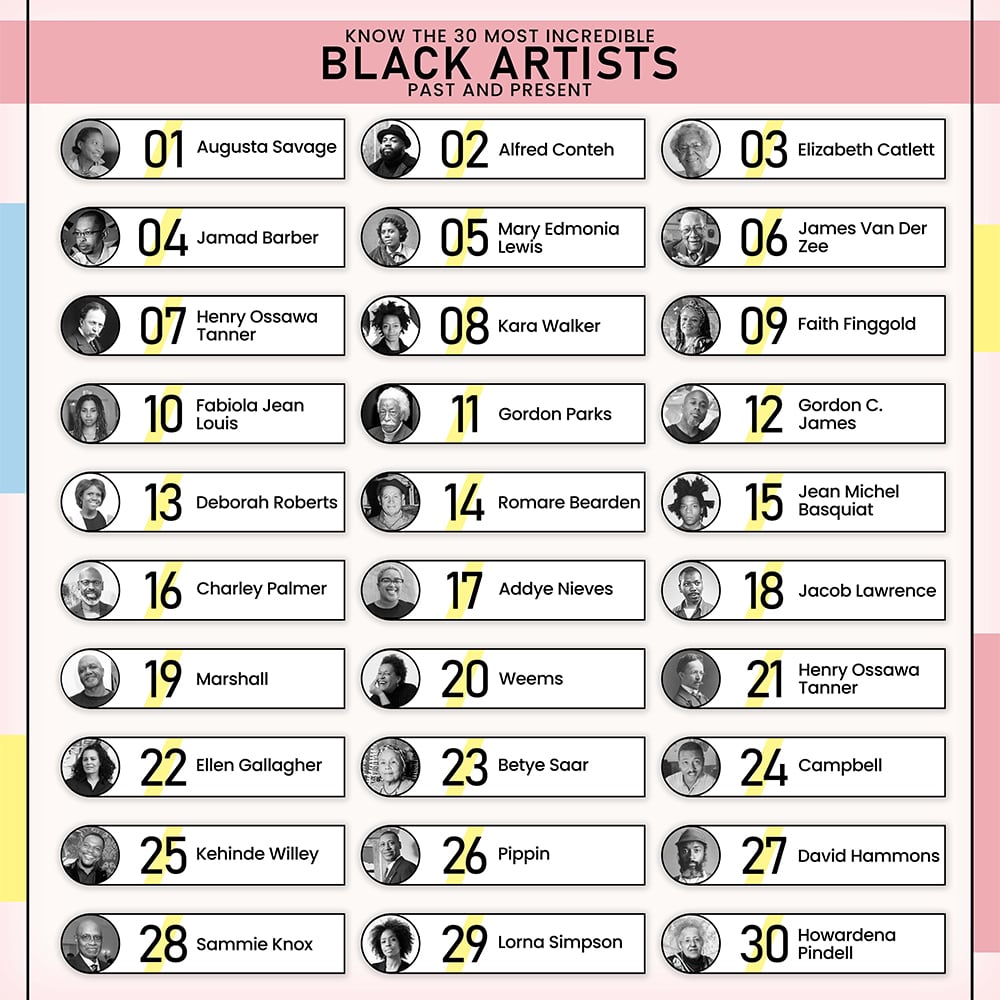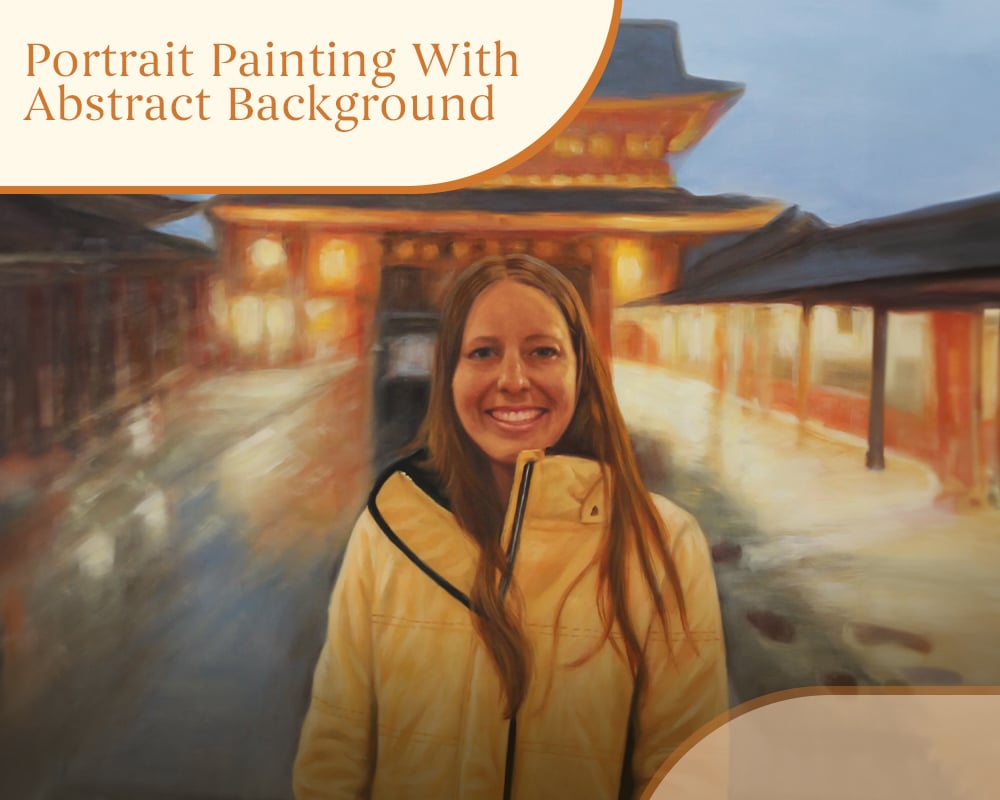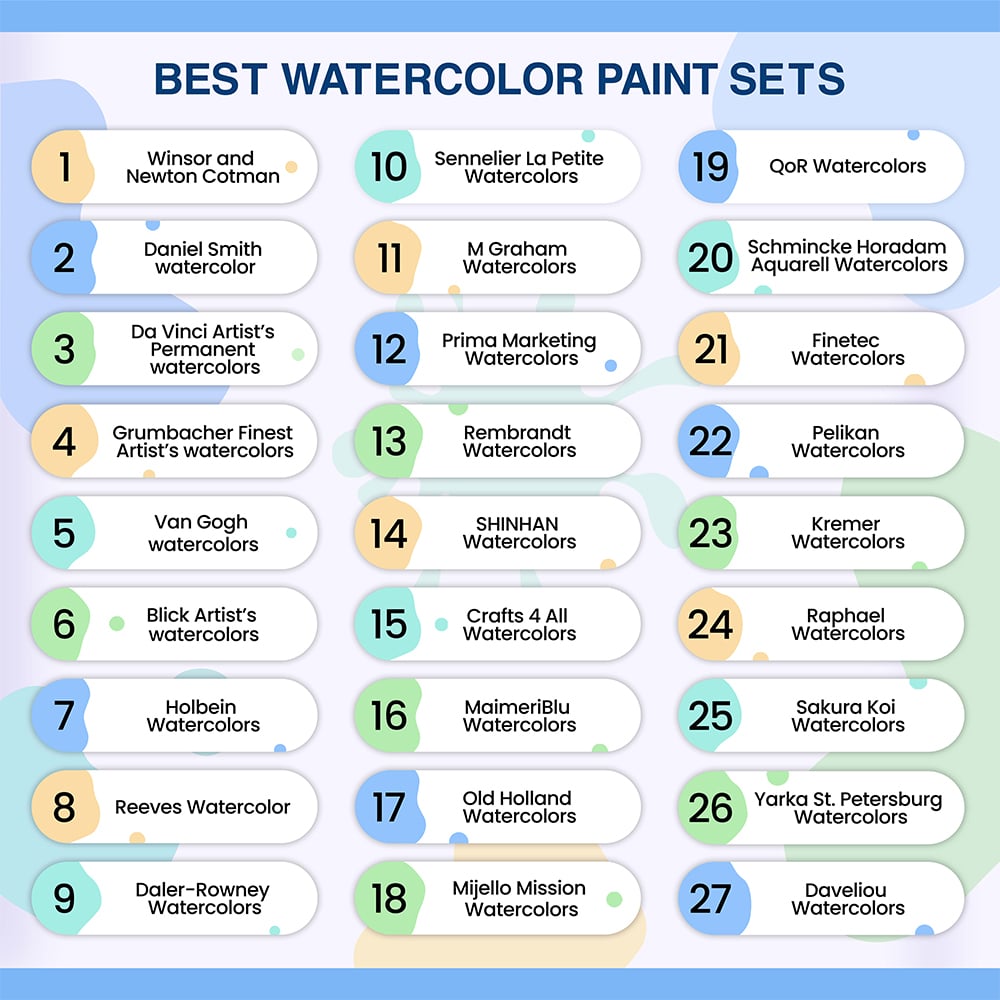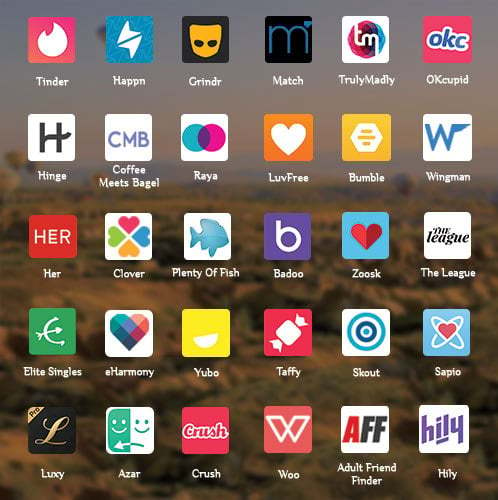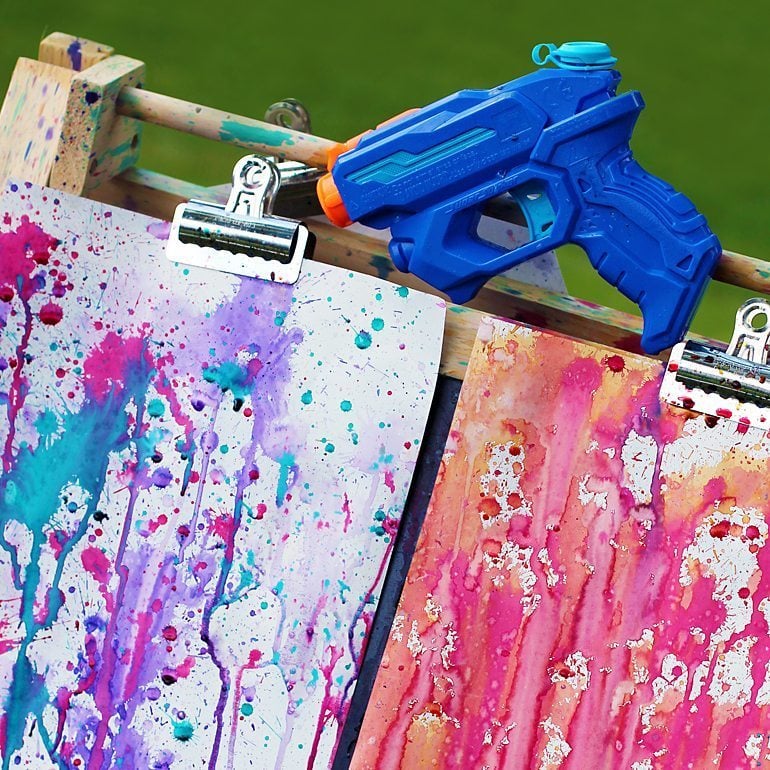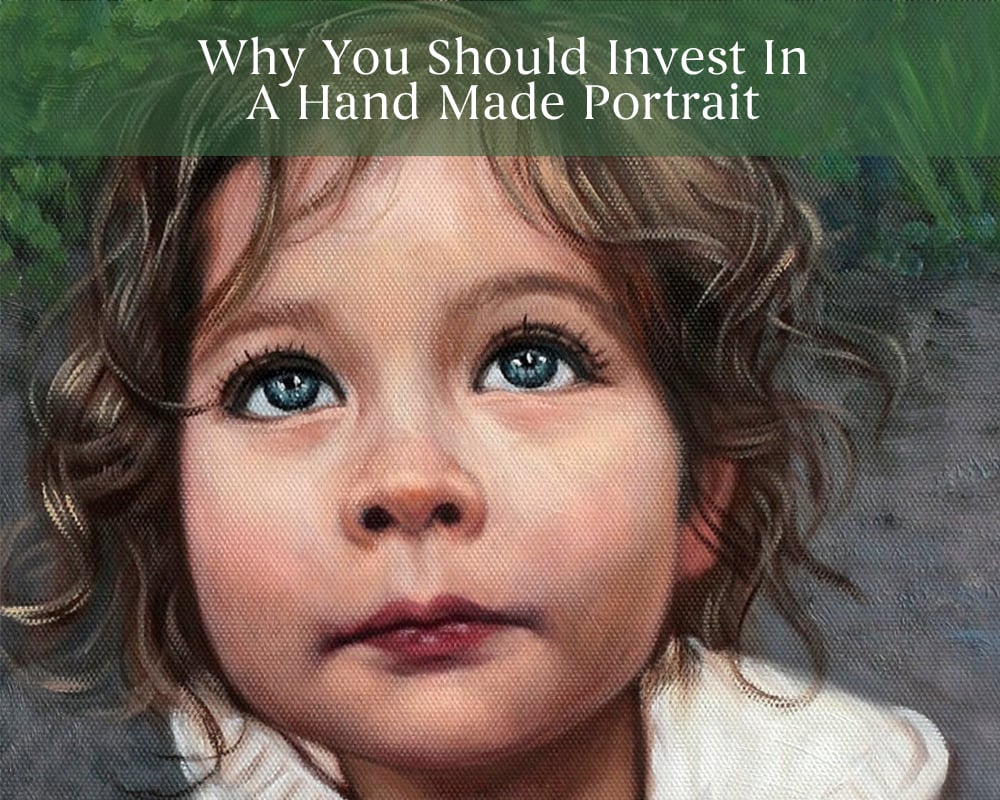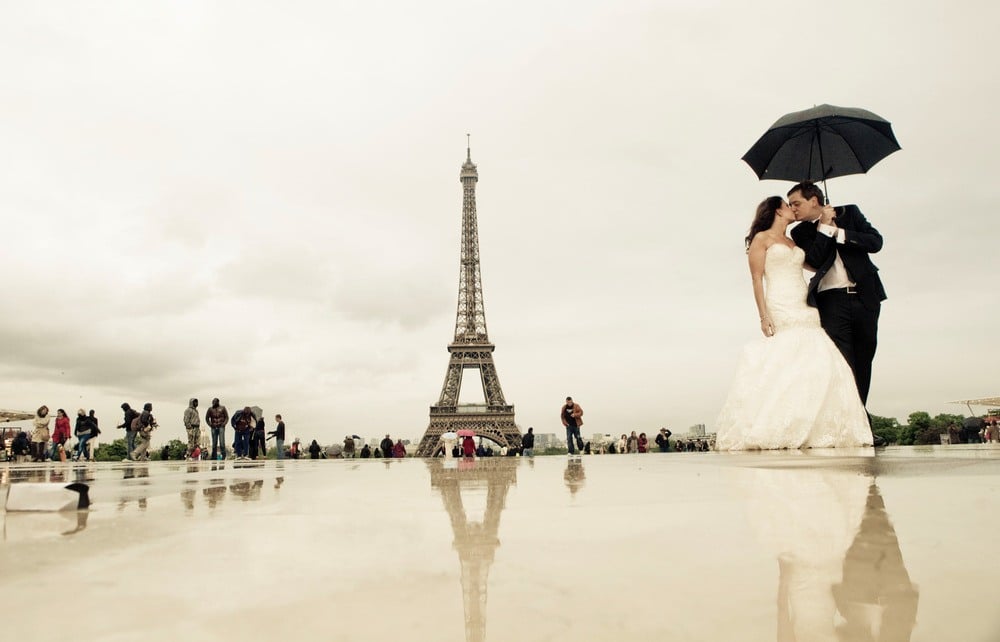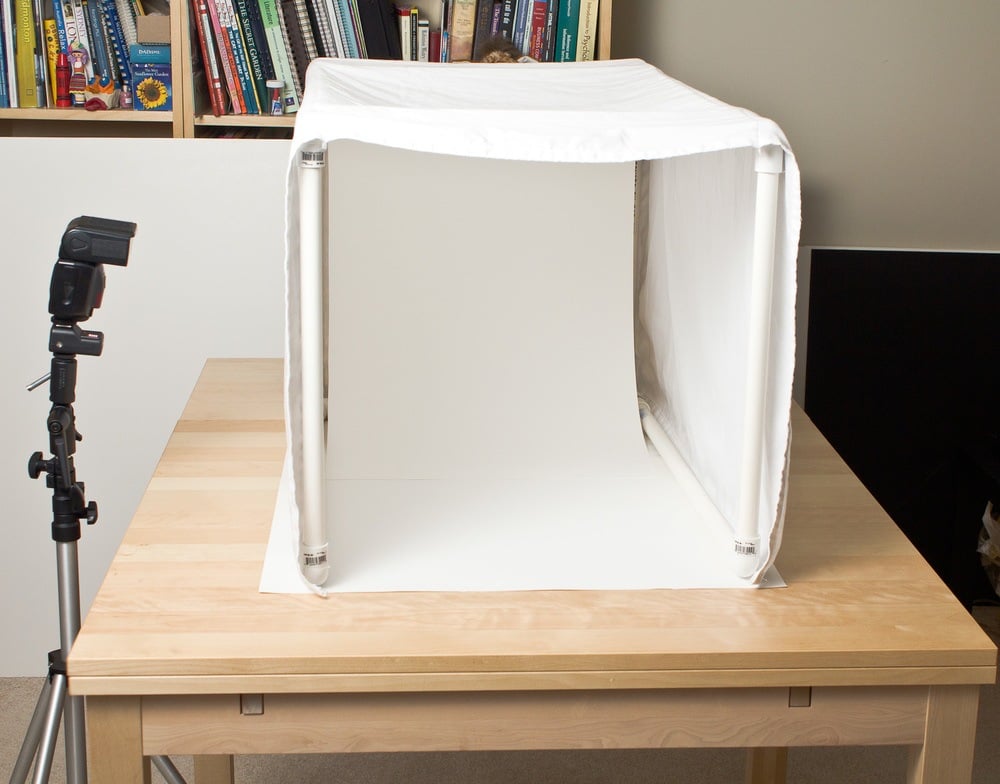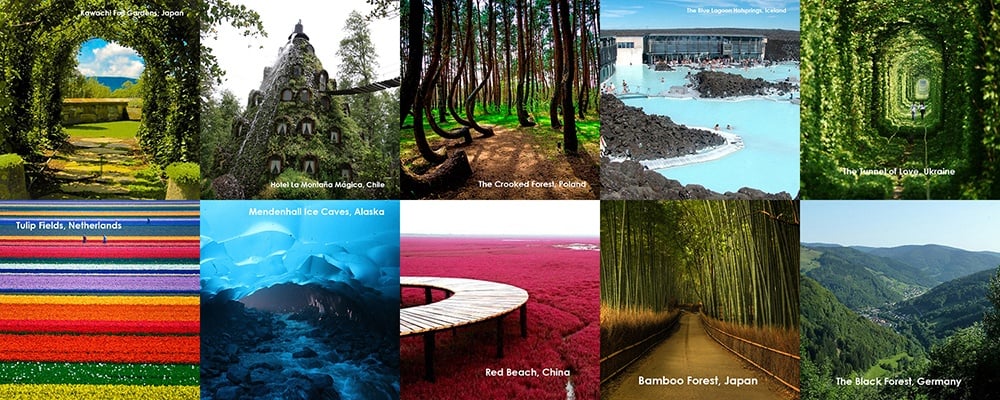
Table of Content
Art interprets a person’s thoughts, imaginations, or feelings. It can connect human beings and bring society together. Art, whether in the form of paintings, sculptures, books, songs, or movies, has the power to shed light on societal issues and transform society. It has the potential to inspire, motivate, and impact people for positive change.
Historically, kings and patrons used to contact artists for art commissions to make portraits of themselves and their royal families. They also hired artists to draw maps and sketches of crucial movements and events.
When we talk about fine art in the form of paintings & sculptures, we often see people spending money worth millions on such artistic creations. But have you ever wondered why rich people buy art? Why do they give so much of their wealth to purchase fine art?
Read further to learn more about the top 10 reasons why rich people buy art:
1) Passion for Art:
Artistic expressions are the result of one’s thoughts, norms, customs, and traditions. Through art, one can acquire vast knowledge about the various cultures, perspectives, and civilizations existing in a society.
Some rich people have genuine love & passion for art. They are curious to learn the many facets of cultures through paintings and sculptures. Creativity drives them & keeps them optimistic. They enjoy art’s visual and cognitive presence, which helps them to understand themselves and others deeply.
Beautiful art pieces immediately draw such art enthusiasts toward them. Such people appreciate the craftsmanship surrounding them.

Credit: Contemporary Art Project USA
2) Building Legacy:
Wealthy people often buy unique and expensive paintings to build a legacy for future generations. Imagine inheriting a vintage masterpiece by eminent artists like Leonardo Da Vinci or Vincent Van Gogh. Wouldn’t it be something to be proud of?
Art is a part of human culture, and it is essential to transcend art's worth and values from generation to generation. Many rich people purchase valuable paintings to preserve them for future generations, and they treasure these antique creations and keep them safe. They have sentiment attached to their art collections, which they aim to preserve and restore in the long run.
3) Adding to one’s lavish lifestyle:
For affluent people, owning a valuable painting signifies status and sophistication, just like luxury cars, watches, and properties do. A modern art painting or sculpture in one’s home decor can express personal taste, values, and preferences.
Possessing a beautiful and exclusive painting gives rich people immense pleasure. They view such high-priced and aesthetically pleasing artwork as a way to show off their luxurious lifestyle. Therefore, this is one reason why rich people purchase expensive art frequently.

Credit: Pinterest

Credit: Wall Art Prints
4) Enhances working environment:
Wealthy people often buy contemporary art to add to their working space. Such eye-pleasing artwork inspires creativity, sparks imagination & enriches the working environment. It creates a good working atmosphere, which allows excellent productivity and high energy.
Another reason rich people spend millions buying expensive paintings is that it improves their mood and widens their perspective. When such an artistic ambiance surrounds one, it mentally stimulates them and helps them be better at problem-solving.

Credit: Art Acacia
5) Diversify investment portfolios:
Wealthy individuals frequently invest their money in various categories like safe stocks, shares, mutual funds, real estate, etc., to get profitable returns. Similarly, fine art can be a good investment.
Rich people invest in art by buying them at auctions or from art galleries and museums. Investment in artwork can be risky, but if successful, its value can grow exponentially & the returns can be excessively high. But, one should always do intensive research before investing wealth in a high-risk asset.
In 2017, Leonardo Da Vinci’s Salvator Mundi was sold at a record-breaking price of $450 million, making it the most expensive painting. Many collectors from several countries were present to witness this historic moment.
6) Returns on Investment:
According to a business research company, the global art market has grown from $441.02 billion in 2022 to $579.52 billion in 2023 at an annual growth rate of 31.4%. In unstable economies, the wealthy frequently invest in art to get excellent returns in the future, and it is a significant opportunity for capital growth.
If a person buys a painting for $500 today, its value is likely to increase by 100x times in the next ten years resulting in $5,00,000. The same funds grow multiple times. Therefore, art pieces have consistently fetched increasingly better returns over the last 50 years, proving a potentially profitable investment.
7) Charitable Purpose:
Lastly, some wealthy art collectors buy such expensive art for the sole purpose of charity. They purchase beautiful, aesthetically pleasing artistic creations to donate to art galleries, cultural institutions, and museums. They wish to preserve and restore these art forms for future generations. They also come up to support the existing & budding artists.

Credit: Fodors Travel Guide
8) Three illegal reasons why rich buy people buy expensive art:
While some wealthy people purchase costly art to use it positively, others buy it for unfair purposes. Some of these illegal ways are:
a) To hide money:
Extremely wealthy people have billions of dollars that they try to hide by purchasing artwork. Due to flexible prices and buyer anonymity, the art market is the best place to hide and protect money. Most people often do such deals in art auctions.
According to an estimation, billions of dollars are transacted in the global art market to hide them. Because the paintings do not have fixed rates & are negotiable, the wealthy tend to hide much of their money in such agreements. The art market operators can keep the buyer’s name confidential as disclosing the purchaser’s identity is uncommon.
Illegal sanctions, political oppression, bankruptcy, etc., are some reasons why rich people try to hide their wealth.
b) Tax Avoidance:
Wealthy people often show resistance to paying capital gains tax. If a billionaire wants to save millions of taxes, he can easily buy a work of art and evade taxes. Some ways to do so include directly sending the purchased art to the freeport, donating it to charity, or selling art and buying a more expensive painting.
For example, if you purchase art worth $ 25 million and directly send it to the freeport, you can easily save the sale and use taxes. Freeport is where financially privileged people store their purchased art to avoid paying taxes and directly resell it.
A person avoids two taxes - Sales & Use tax in such a way.
● Sales Tax - One pays a Sales tax to the country's government where the purchase occurred.
● Use Tax- One pays a Use tax when immediate transportation of the purchased painting happens from one U.S. state to another. In such a case, one does not have to pay the Sales tax where the trade has occurred; instead, one pays a Use tax in another state. Many collectors do this for a prospective tax haven and to avoid taxes with high rates.
Another example is: Suppose a person has to pay a tax worth $100 million. He buys a sculpture worth $20 million and, through his sheer influence in the art circle, raises its resale value to $60 million. He then donates the sculpture in charity to an art gallery. He gets a $60 million tax write-off for donating the statue according to tax regulations. He saved $40 million just by purchasing a sculpture worth $20 million. So now he just has to pay tax worth $40 million.
These are several unique advantages of buying expensive art that a wealthy person can make use of.
b) Money Laundering:
Money Laundering is one of the illegitimate ways through which financially privileged people hide their money behind closed doors. Due to frequent over-priced transactions and anonymous dealings, the global art market has a vast history of money laundering. Extremely wealthy people settle their illegal money and deposit funds through such prospective havens.
For example, rich people buy artwork while hiding their identity to launder money. Then, they store it in freeport or warehouses to make it disappear. While the painting is in the warehouse, they try to inflate the art prices through artificial dealings and sanctions, raising the value of the artwork multiple times.
Now, when a merchant is ready to buy that particular artwork at an increased price, the person sells it. In this manner, wealthy people convert their illegal funds into legitimate income through money laundering.
Conclusion:
In this technologically advanced world, art is a source of beauty, charm, innovation, originality, and expressiveness. It can notably impact individuals through its strong notions and messages. Every artwork can communicate with the audience, whether it is a commissioned portrait, an impressive sculpture, or an exquisite handicraft.
Rich people buy expensive art for several unique advantages. Some purchase to fulfill their desires, while others to solve their monetary issues. Some believe in charity and contributions, while others for investments.
So next time you need answers about why rich people buy art, you’ll find them here!

Credit: Time Out

Credit: Time Out

Credit: Business Outreach

